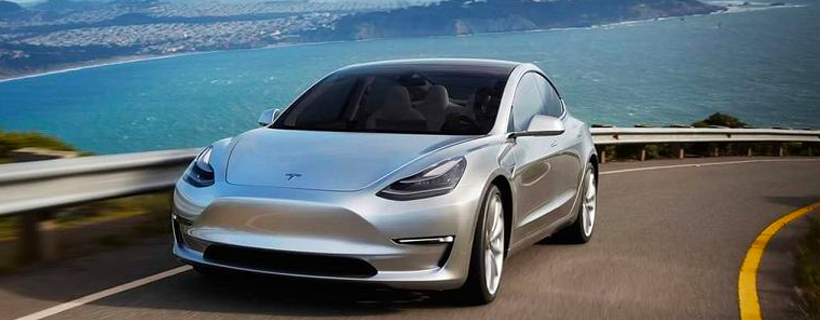Tesla released Q2 2018 production and delivery numbers, confirming information leaked over the weekend that they did indeed achieve their goal of 5,000 Model 3s per week, producing 5,031 Model 3s and 1,913 S and X vehicles. These numbers are in line with Musk’s target and slightly ahead of our previous prediction of a run rate between 4,300 and 4,900. Other key takeaways include:
- Model 3 production for Q2 was 28,578, nearly 3x higher than Q1 production of 9,766.
- The company did not steal from Peter to pay Paul, producing 24,761 S and X vehicles in Q2 compared to 24,728 S and X vehicles in Q1. We’re encouraged that this number remained stable during increased efforts to reach Model 3 goals.
- Tesla reiterated their confidence in reaching both positive GAAP net income and cash flow in Q3 and Q4. Adding some conservatism to Musk’s predictions, we expect the company to be cash flow positive in Q4 through a combination of a higher Model 3 run rate and selling EV credits.
- After presumably reaching the 5,000 per week target in a burst-build, a short period of pouring resources and manpower into focused production, the question becomes one of sustainability. Tesla commented that they are on track to reach 6,000 Model 3s per week by late August. We expect a temporary step-down in production related to retooling general assembly and we anticipate Model 3 production to exit Q3 at 6,000 per week.
- Tesla reported that the number of net Model 3 reservations at the end of Q2 stood at roughly 420,000 (on top of the 28,386 delivered to date). We see this as a positive; we had expected the reservation list to shrink meaningfully given the production delays. Now, we expect reservations to increase as more owners become evangelists for the product and cars become available for test drives in Tesla stores.
This strong demand comes into question when considering the effect of the tax credit provided to EV buyers in the US. When Tesla delivers its 200,000th vehicle, this $7,500 tax credit will begin to phase out. The number of vehicles in transit (11,166 Model 3s and 3,892 S and X), along with accelerated deliveries in Canada, could mean Tesla was delaying deliveries in order to game the tax credit. This points to the fact that they should deliver the 200,000th vehicle early in Q3. If that mark is hit early in Q3, the tax credit phase-out will look like this:
- For the rest of Q3 and all of Q4, customers will receive the full $7,500 credit.
- In Q1 and Q2 of 2019, the credit will be reduced to $3,750.
- In Q3 and Q4 of 2019, the credit will be halved again to $1,875.
- After the end of 2019, the credit will disappear altogether.
Because the tax credit artificially lowers the price and therefore increases demand for Tesla vehicles, future demand may be sensitive to decreases in the tax credit. The good news is that there will be increased demand in the short term (remainder of 2018) once consumers realize the credit will disappear. On the other hand, future demand has been pulled to the present, so Tesla may face a headwind in 2019. We are modeling for decelerating sales growth in 2019 as the tax credit steps down and eventually goes away.
This marks a major milestone for Tesla’s long-term viability and for the success of its mission to accelerate the globe’s adoption of sustainable energy.
Disclaimer: We actively write about the themes in which we invest: virtual reality, augmented reality, artificial intelligence, and robotics. From time to time, we will write about companies that are in our portfolio. Content on this site including opinions on specific themes in technology, market estimates, and estimates and commentary regarding publicly traded or private companies is not intended for use in making investment decisions. We hold no obligation to update any of our projections. We express no warranties about any estimates or opinions we make.
